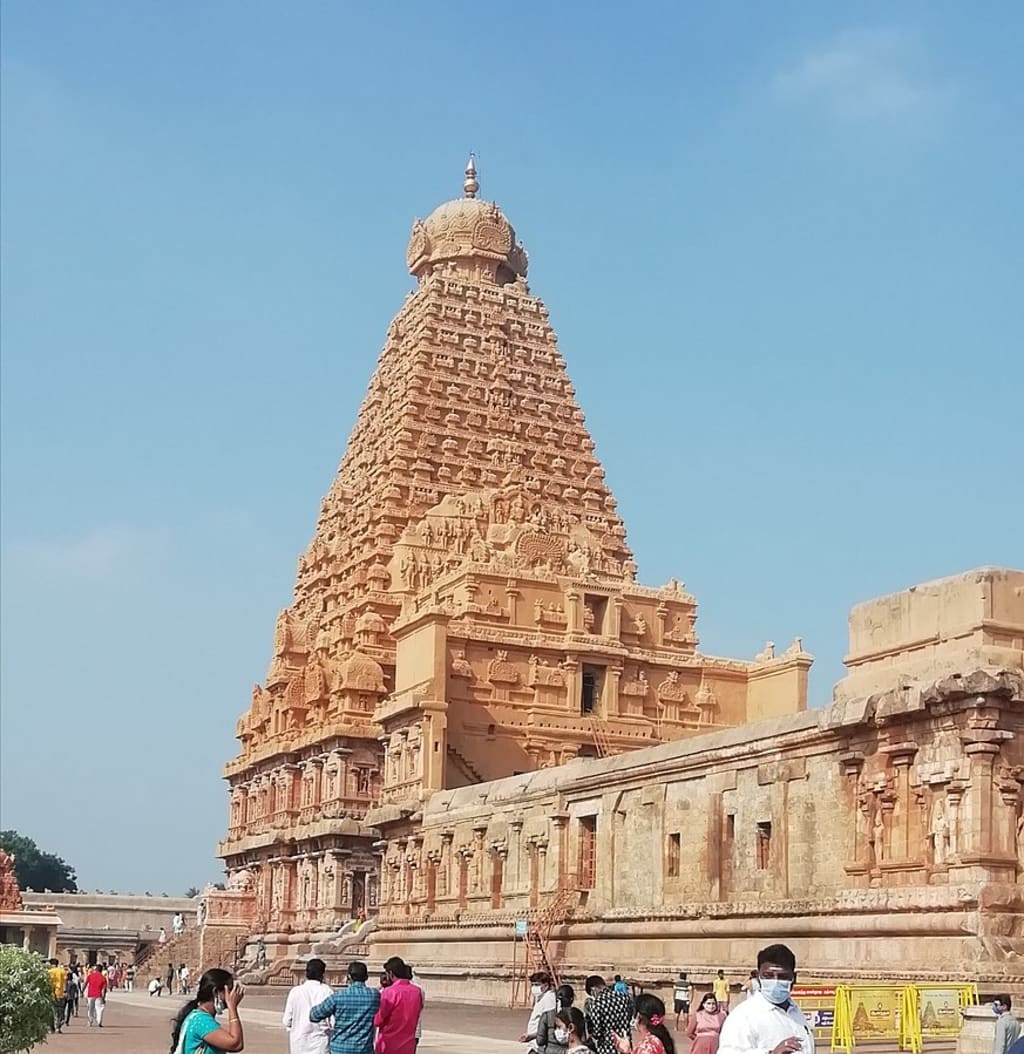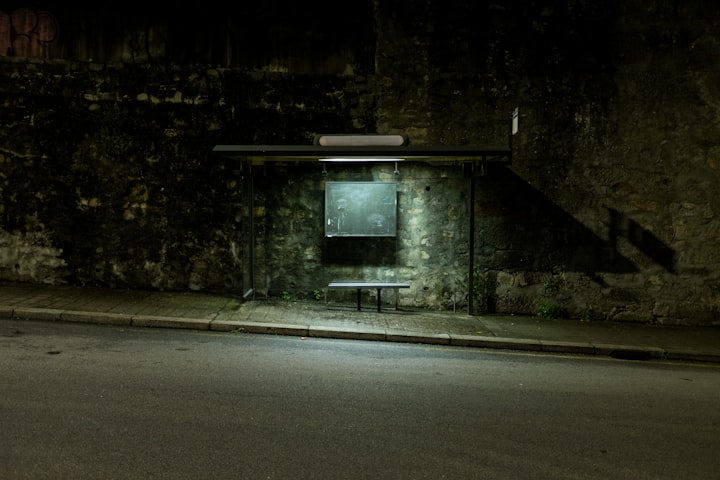Brihadisvara Temple, Thanjavur
Build By A King in 1010CE, Still Live in Now

Brihadishvara Temple, called Rajarajesvaram by its builder, and known locally as Thanjai Periya Kovil 'Thanjavur Big Temple' and Peruvudaiyar Kovil, is a Shaivite Hindu temple built in a Chola architectural style located on the south bank of the Cauvery river in Thanjavur, Tamil Nadu, India.
It is one of the largest Hindu temples and an example of Tamil architecture.
Built by Chola emperor Rajaraja I between 1003 and 1010 CE, the temple is a part of the UNESCO World Heritage Site known as the "Great Living Chola Temples", along with the hola-era Gangaikonda Cholapuram temple and Airavatesvara temple, which are about 70 kilometres (43 mi) and 40 kilometres (25 mi) to its northeast respectively.

The Peruvudaiyar temple's plan and development utilizes the axial and symmetrical geometry rules. It is classified as Perunkoil (also called Madakkoil), a big temple built on a higher platform of a natural or man-made mounds.
The temple complex is a rectangle that is almost two stacked squares, covering 240.79 metres (790.0 ft) east to west, and 121.92 metres (400.0 ft) north to south.
In this space are five main sections: the sanctum with the towering superstructure (sri vimana), the Nandi hall in front (Nandi-mandapam) and in between these the main community hall (mukhamandapam), the great gathering hall (mahamandapam) and the pavilion that connects the great hall with the sanctum (Antrala).
The temple complex integrates a large pillared and covered veranda (prakara) in its spacious courtyard, with a perimeter of about 450 metres (1,480 ft) for circumambulation. Outside this pillared veranda there are two walls of enclosure, the outer one being defensive and added in 1777 by the French colonial forces with gun-holes with the temple serving as an arsenal.
They made the outer wall high, isolating the temple complex area. On its east end is the original main gopuram or gateway that is barrel vaulted. It is less than half the size of the main temple's vimana. Additional structures were added to the original temple after the 11th century, such as a mandapa in its northeast corner and additional gopurams (gateways) on its perimeters to allow people to enter and leave from multiple locations.
Some of the shrines and structures were added during the Pandya, Nayaka, Vijayanagara and Maratha era, before the colonial era started, and these builders respected the original plans and symmetry rules. Inside the original temple courtyard, along with the main sanctum and Nandi-mandapam are two major shrines, one for Kartikeya and for Parvati. The complex has additional smaller shrines.
The Peruvudaiyar temple continued the Hindu temple traditions of South India by adopting architectural and decorative elements, but its scale significantly exceeded the temples constructed before the 11th century. The Chola era architects and artisans innovated the expertise to scale up and build, particularly with heavy stone and to accomplish the 63.4 metres (208 ft) high towering vimana.
The temple faces east, and once had a water moat around it. This has been filled up. The fortified wall now runs around this moat. The two walls have ornate gateways called the gopurams. These are made from stone and display entablature. The main gateways are on the east side. The first one is called the Keralantakan tiruvasal, which means the "sacred gate of the Keralantakan".
The word Keralantakan was the surname of king Rajaraja who built it. About a 100 metres (330 ft) ahead is the inner courtyard gopuram called the Rajarajan tiruvasal. This is more decorated than the Keralantakan tiruvasal, such as with its adhishthanam relief work narrating scenes from the Puranas and other Hindu texts.
The inner eastern gopuram leads to a vast courtyard, in which the shrines are all signed to east–west and north-west cardinal directions. The complex can be entered either on one axis through a five-story gopuram or with a second access directly to the huge main quadrangle through a smaller free-standing gopuram. The gopuram of the main entrance is 30 m high, smaller than the vimana.The main temple-related monuments and the great tower is in the middle of this courtyard.
Around the main temple that is dedicated to Shiva, are smaller shrines, most of which are aligned axially. These are dedicated to his consort Parvati, his sons Murugan and Ganesha, Nandi, Varahi, Karuvur deva (the guru of Rajaraja Chola), Chandeshvara and Nataraja.
The Nandi mandapam has a monolithic seated bull facing the sanctum. In between them are stairs leading to a columned porch and community gathering hall, then an inner mandapa connecting to the pradakshina patha, or circumambulation path. The Nandi (bull) facing the mukh-mandapam weighs about 25 tonnes.

It is made of a single stone and is about 2 m in height, 6 m in length and 2.5 m in width. The image of Nandi is a monolithic one and is one of the largest in the country.
Thank You
About the Creator
Promod Kumar S
Interested in True Crime Story And Poets
Stay With Us for more
Please like, Share and Comment your Thoughts.
Thank You.






Comments
There are no comments for this story
Be the first to respond and start the conversation.